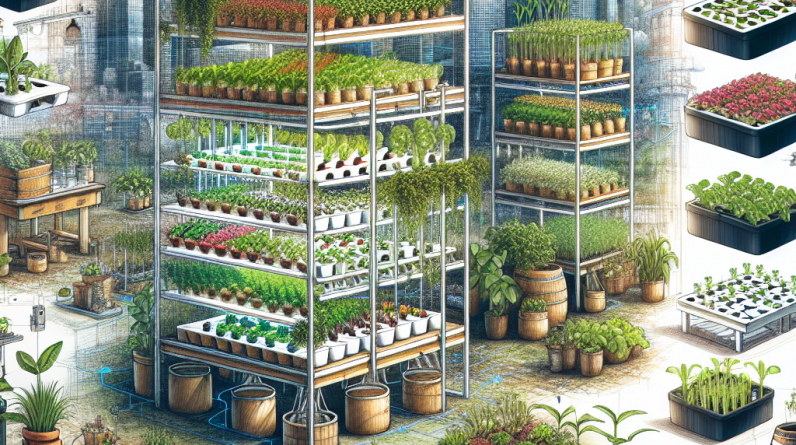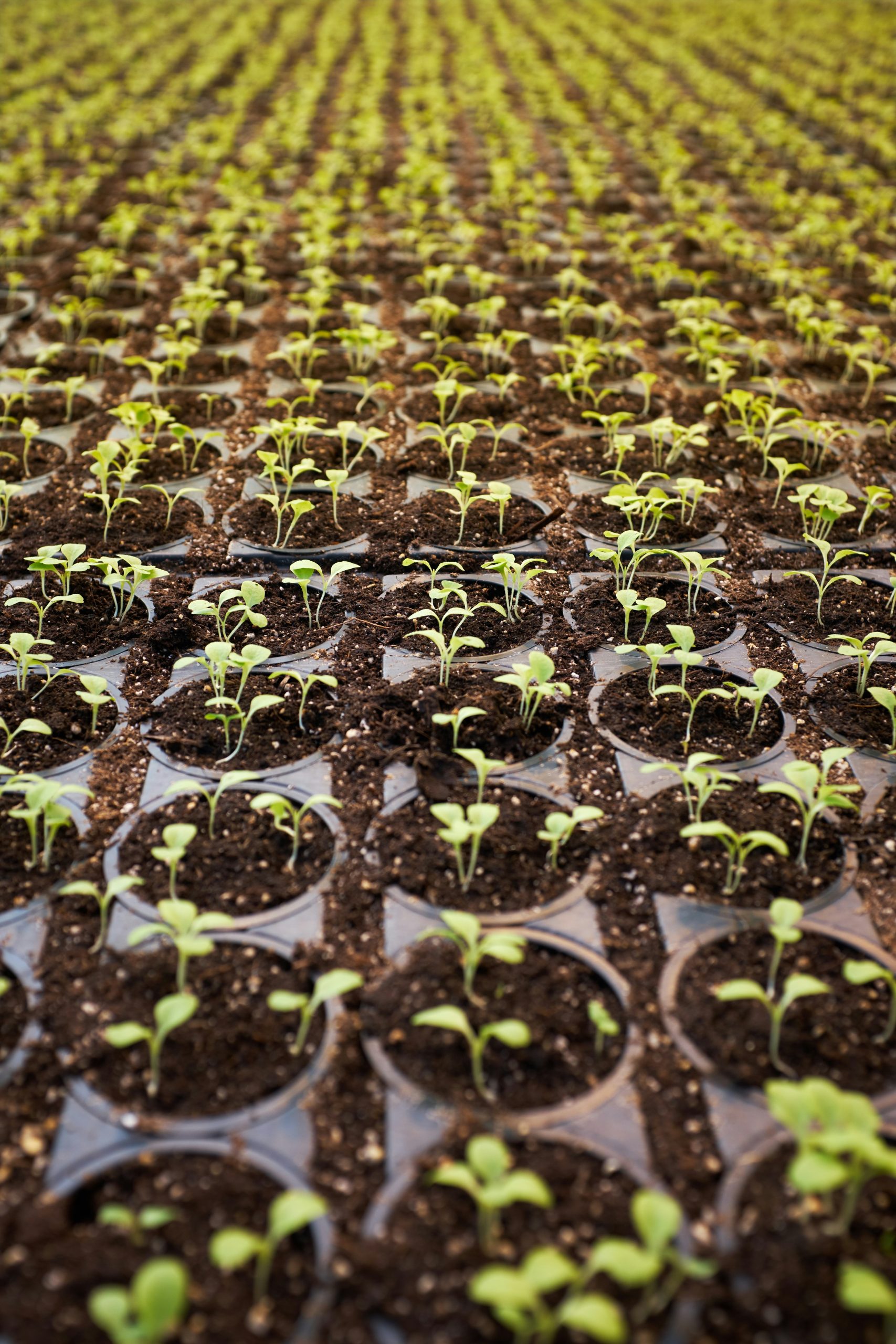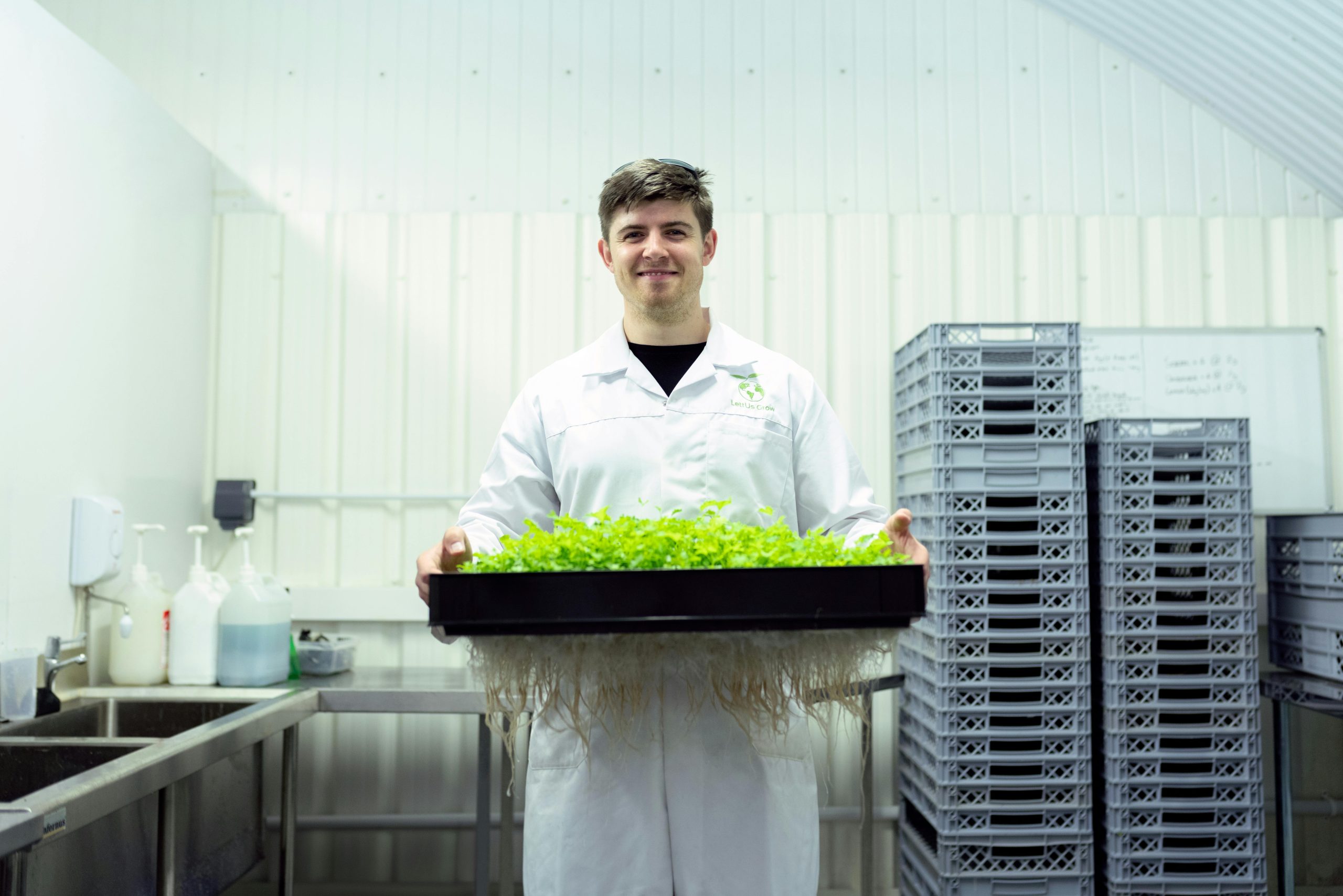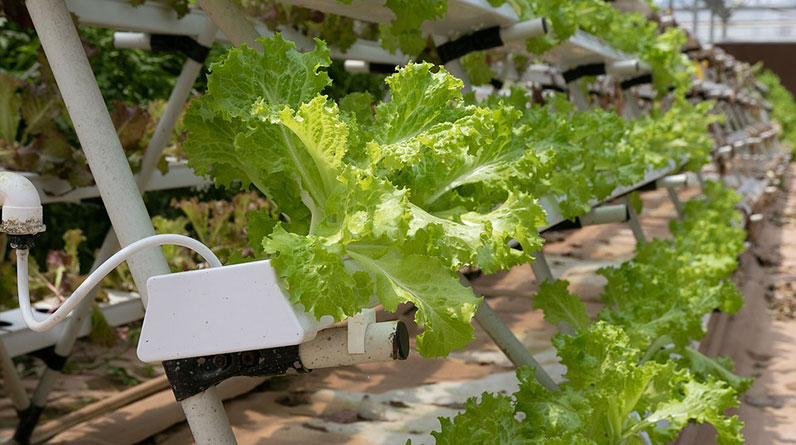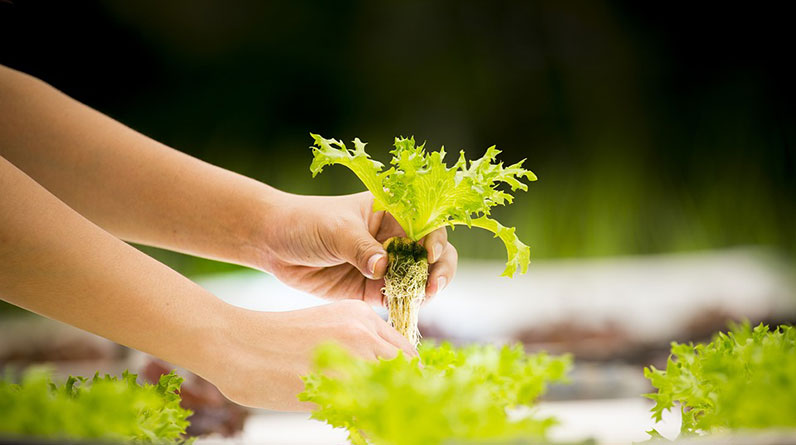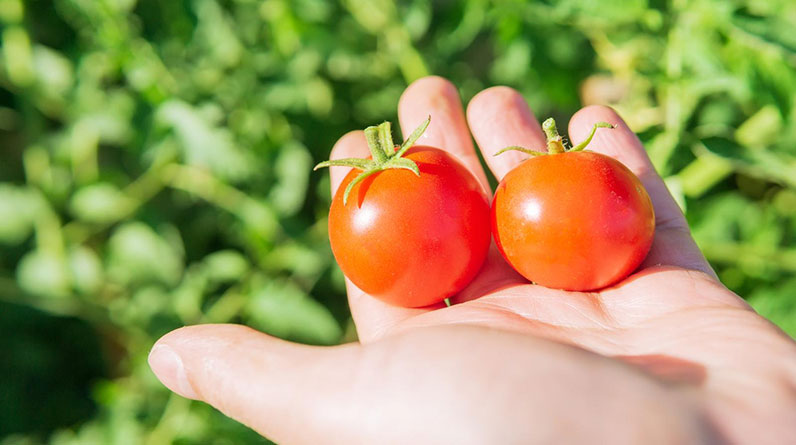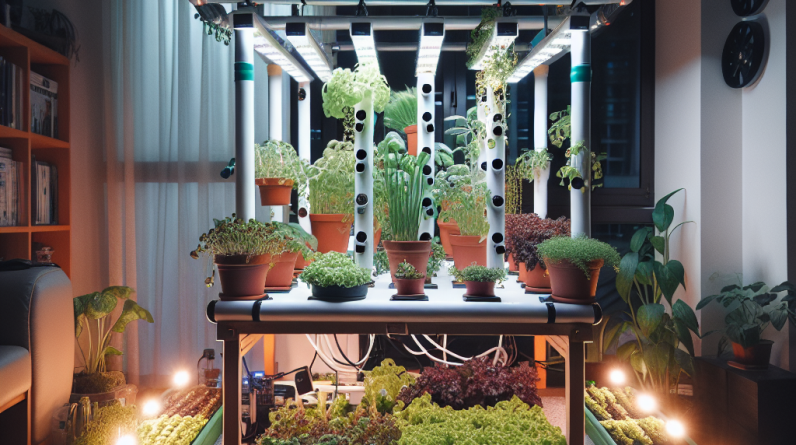
Understanding Hydroponics
What is Hydroponics?
So, let’s kick things off! Hydroponics is a method of growing plants without soil. I know, sounds a bit wild, right? Instead of dirt, it uses nutrient-rich water to feed plants directly. This means you can grow herbs, veggies, and even flowers indoors or outdoors with limited space!
It’s super fascinating because without soil, you eliminate many pests and diseases that can bug traditional gardening. You’ll be amazed at how fast your plants can grow when they’re soaking up those nutrients directly!
Plus, hydroponics can be more water-efficient than conventional soil gardening. With the right setup, you can actually save a lot of water while producing healthier, more robust crops.
Benefits of Hydroponic Gardening
Speaking of health, one of the best perks of hydroponics is how quickly plants can grow. We’re talking much faster than traditional gardening. You can harvest fresh produce in weeks instead of months!
Another massive advantage is control. You have the power to regulate nutrients, pH levels, and light. This means you can customize your plants’ environment, leading to higher yields and better-tasting food.
Also, let’s be real—if you’ve got a small space or live in an apartment, hydroponics is a game changer! You can create your own little lush paradise on a windowsill or balcony. How cool is that?
Common Hydroponic Systems
There are several systems you might find interesting. I’ve tried a few, but the basics include Deep Water Culture, Nutrient Film Technique (NFT), and Ebb and Flow systems. Each has its own quirks and benefits.
For instance, Deep Water Culture is great for beginners. It’s as simple as it sounds; your roots hang out in nutrient-rich water. NFT is more about a thin film of nutrient solution trickling over the roots. It’s a bit more advanced and fun!
And then there’s the Ebb and Flow system—that one’s super rewarding as you get to watch your plants alternate between dry and wet conditions. It’s like a little party for your plants!
Setting Up Your Hydroponic System
Choosing the Right Location
Picking a nice spot for your hydroponics is crucial. I always look for somewhere with good light, but not too much direct sunlight that it scorches your babies. A bright windowsill or a dedicated grow room can work great.
Don’t forget about accessibility. You want to be able to reach your plants easily for watering and maintenance. If you have to stretch and twist like a pretzel just to get to your leafy greens, it’s not going to be fun, trust me!
Also, consider temperature and humidity. Most herbs and vegetables love a cozy environment, so it’s a good idea to keep things warm but not boiling, to help those plants thrive!
Selecting Your Hydroponic System
Now, here comes the fun part—deciding on a system! If you’re just starting, I suggest going with a simple Deep Water Culture setup. You can easily make one with a container, an air pump, and some net pots. It’s straightforward!
Once you get more comfortable with it, you might want to experiment with some of the more advanced systems like NFT or a vertical garden setup. The sky’s the limit once you really get into it!
I’ve had my share of trial and error, but each mistake always taught me something new about plant care and systems. Embrace the journey—it’s worth it!
Gathering Supplies
Alright, now that you’ve got the location and system sorted, time to gather your supplies! You’ll need things like a reservoir, growing medium, nutrient solution, and seeds of course. Always go for quality ingredients—your plants will taste the difference!
Oh, and don’t forget tools for monitoring! pH testers and TDS meters will be your best friends in figuring out what your plants are loving or if they need a little adjustment.
One last thing—get creative with containers! Whether it’s repurposed bottles, old wooden crates, or even PVC pipes, you can have fun designing your unique hydroponic garden. Let your personal style shine through!
Planting and Maintenance
Starting Your Seeds
When it comes to planting, I typically start my seeds in rock wool or hydroponic starter plugs. They hold moisture well and provide a perfect little launchpad for my plants. Just pop the seeds in and keep them moist!
After they’ve sprouted, gently transplant them into your system. Be careful with the roots; they’re delicate but super important for nutrient uptake. The earlier you can get them into the nutrient solution, the better!
Oh, and label everything! It may sound silly, but trust me—you don’t want to mix up your basil with your mint. An organized garden is a happy garden!
Nurturing Your Plants
Once your plants are in, it’s all about keeping an eye on them. I usually check on my system daily, making sure everything’s running smoothly—from water levels to light schedules. It sounds a bit much, but once it’s set up, it becomes a routine!
Mixing up your nutrient solution is crucial as well. Follow the guidelines, but don’t be afraid to adjust based on how your plants respond. They’ll give you hints, like yellow leaves if they’re not getting enough nutrients.
Also, don’t forget about pruning and training your plants! A little snip here and there can help promote better airflow and more light penetration, leading to a healthier garden overall.
Harvesting Your Bounty
Harvest time is my favorite! There’s just something so satisfying about gathering fresh produce you’ve grown yourself. It’s like bringing a little piece of nature into your kitchen!
When you’re ready to harvest, cut leaves or whole plants at the base, depending on what you’re growing. Always use clean, sharp scissors to avoid stressing the plant.
After that, get creative in the kitchen! You can make delicious salads, fresh herb-infused dishes, or even DIY pesto. The culinary possibilities are endless when you grow fresh produce at home!
Common Challenges and Solutions
Dealing with pH Issues
One common hiccup I ran into early on was pH problems. If your pH is off, your plants won’t be able to absorb nutrients properly. It’s like trying to enjoy a snack with your mouth closed—not great, right?
I usually keep a close eye on my pH levels using a tester. If it’s too low, I add some pH up solution, and if it’s too high, a pH down. Simple adjustments can save your plants from stress!
Also, remember that different plants have varying optimal pH levels, so do your homework on what your greens require. It’ll really pay off in the long run!
Preventing Pests and Diseases
Pests can sneak in even in a hydroponics setup. The last thing you want is to see pesky bugs munching on your hard work! I’ve started using natural pest deterrents, like neem oil, to keep them at bay.
Regular checks on your plants are key. If you spot any yellowing leaves or sticky residue, do some detective work to find out what’s happening. Getting ahead of pests means healthier plants!
Also, sterilize your equipment regularly. That’s a biggie! Keeping things clean can significantly drop the chances of disease spreading through your system.
Learning from Mistakes
Let’s be real—I’ve had my share of fails! Not all my attempts at growing were successful. I’ve had plants wilt, roots rot, and nutrient solutions go haywire. But you know what? Each oops moment is a lesson learned.
I encourage everyone to keep a gardening journal. Note down what works and what doesn’t, your plants’ responses, and any troubleshooting steps you take. This will help you learn and grow (pun intended!) for future cycles.
Plus, the more mistakes you make, the better equipped you’ll be to tackle challenges down the line. It’s all part of the personal growth journey—both for you and your plants!
FAQ
What is hydroponics?
Hydroponics is a method of growing plants without soil, using nutrient-rich water instead. It’s a great way to grow healthy plants faster and in smaller spaces.
How do I choose the right hydroponic system for beginners?
For beginners, I recommend starting with a Deep Water Culture system. It’s simple and easy to set up, making it perfect for those new to hydroponics.
What plants are best for hydroponic gardening?
Herbs like basil and mint, leafy greens such as lettuce, and some vegetables like tomatoes and cucumbers are excellent choices for hydroponic setups.
How do I monitor pH levels in my hydroponic system?
Use a pH tester to monitor levels regularly. If adjustments are needed, you can use pH up or pH down solutions depending on your readings.
What common challenges should I be aware of?
Common challenges include pH imbalances, pest invasions, and nutrient deficiencies. Keeping an eye on your system and learning from experience can help you navigate these problems successfully!


